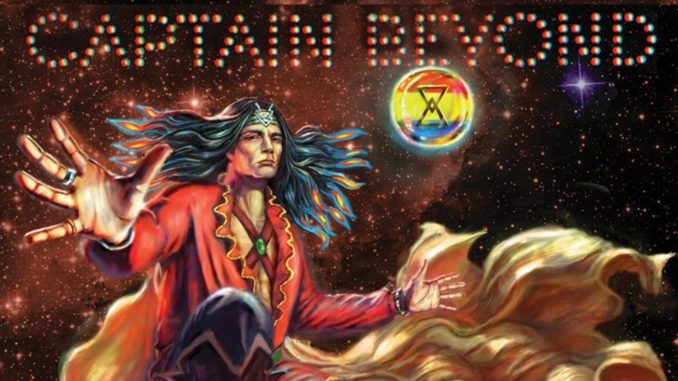
Deep Purple has had eight different line-ups over the years, and everybody will have their own favourite era. The very first line-up is not too often brought up, but a lot of people will still remember Hush – the band’s first hit which gave them a basis to build the success of the coming years.
There’s much more to that line-up than that one song, of course. Many still have a big soft spot for “Deep Purple Mark 1” and I’m definitely one of them. Even though I firmly prefer the albums with Ian Gillan and David Coverdale behind the microphone, the three albums the band made with Rod Evans (vocals) and Nick Simper (bass) have a naïve and innocent charm, as well as a wonderful mesh of 60s hard rock sensibilities, a dash of psychedelia, early progressive rock, and symphonic overtones that often draws me back to them.
In late 1969, Evans and Simper were both fired from Purple to make room for Ian Gillan and Roger Glover, to support a new, harder-edged musical direction. If you wonder what Rod Evans did next, just read on. This article is for you.
After leaving Purple, Evans recorded a solo single, but even before it was released he had joined forces with Lee Dorman (bass) and Larry “Rhino” Reinhardt (guitar) whose band Iron Butterfly had just imploded. They were all looking for their next project and saw a common purpose. They quickly recruited Bobby Caldwell (drums) from Johnny Winter’s band. The classic version of Captain Beyond was complete.
Everybody brought the influences of their former bands to Captain Beyond. They played a mix of hard, blues-based rock which at times bordered on 1970s-style hard rock, with influences from progressive rock with time signature changes and jazz-like virtuoso instrumentation. They were good at changing the colour of their songs on the fly, going from harder sections to calmer, atmospheric melodies and back again. A song was rarely loud from beginning to end, nor all quiet. Each song is a journey, and the Captain is leading us through it all. The results are not a mile away from the Evans-led version of Deep Purple, nor from Iron Butterfly, so fans of those bands were always quite sympathetic to the styles presented.
Captain Beyond were based in Los Angeles and had several high-profile fans – including Duane Allman, and it was on his recommendation that the band became signed to Capricorn Records. This worked out well at first, but they would come to bitterly regret signing with that company. More on that later.
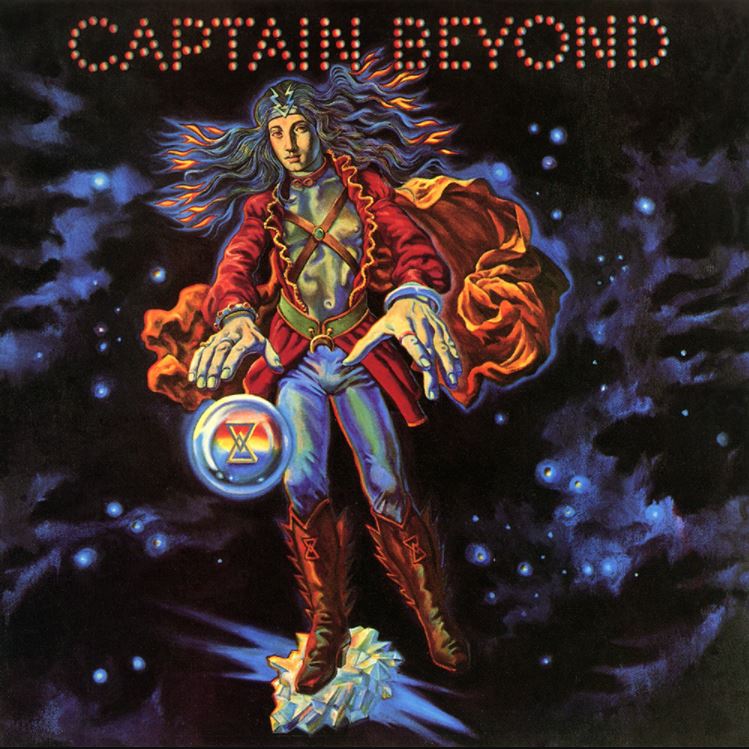
The first album was simply called Captain Beyond and was released in July 1972. Side 1 contains a collection of independent songs, while side 2 takes the form of one long connecting piece (not too dissimilar to the Beatles’ famous “Abbey Road suite”). Ideally, this record side should be listened to as a complete, singular piece.
The album opener, Dancing Madly Backwards (On a Sea of Air) is a good showcase of the band’s blend of hard-edged progressive rock, with a dash of jazzy atmosphere.
The track Raging River of Fear is a rare venture into more straightforward bluesy hard rock. It is a great example of the band hitting a mighty groove and whipping up an intense mood. Did I say straightforward? Well, at least for about half the song, which isn’t bad at all for these guys.
Armworth is one of the shorter songs on the album, and I must admit that I am primarily featuring it because I really love the wonderful harmonising guitars that can be heard in the opening section.
The second album, Sufficiently Breathless, was released in the fall of 1973. This turned out to be a very difficult album for the band, and even though they still kept going for a while after its release, the recording sessions were in reality the beginning of the end for the classic line-up of Captain Beyond.
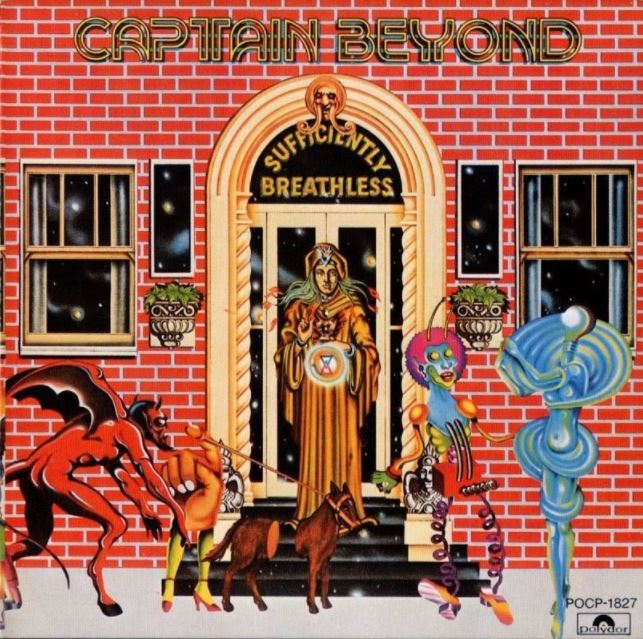
Somewhat bizarrely, the record label started putting pressure on the band to move towards a southern rock-type sound. The label had just had a gigantic hit with the classic Allman Brothers album Eat A Peach the year prior, and wanted Captain Beyond to capitalise on that as well. The band, to their credit, largely resisted, but those discussions created unnecessary pressure on the guys and a lot of tension between the band and label. To make the conflict of interest absolute, the band was managed by Phil Walden, one of the co-founders of Capricorn Records, who was also going to produce the album. In the end the band are credited with producing the album themselves, “by special arrangement with Phil Walden” as the credits say, so I believe they came to an understanding in the end.
To add further strain to the situation, the band had also switched drummers prior to the recordings, but were pressured by the producer to switch again midway through the album. The studio also turned out to be sub-standard, which gave them all kinds of technical problems. All in all this wasn’t a happy time, and the band members started taking their frustrations out on each other.
Eventually it got to be enough for Rod Evans. The situation was so dire that he left it all behind and went back to England in the middle of the sessions. In his mind, he was done with Captain Beyond, but through herculean feats of diplomacy, he was eventually coaxed into returning to add the remaining vocal tracks. He ended up staying for a further round of live gigs.
Amazingly, given the significant amount of challenges, the resulting album was still pretty good – certainly way better than one could expect given everything. We can only imagine how good the album could have been if the band had been given a fair opportunity to take their next natural step forward instead of struggling to keep things from falling apart.
The song Evil Men is an apt demonstration of the quality residing on the album. More than that, this is one of the band’s better tunes overall, and one of classic rock’s great lost tunes. The evil groove feels like a mix of Coven and Black Sabbath.
Despite the difficult recording sessions, the band stuck together for the last four months of 1973, during which they toured the US extensively. This resulted in a lot of good shows with decent turnouts. The tour generally went well – what gave it a bitter taste was very limited promotion of the album and an ice cool relationship with the label at this point. Capricorn Records simply could not forgive the band for refusing to do what they were told, and chose to be vindictive about it. Even when the tour did well and they clearly could have shifted product, it was more important to them to prove a point to the band – so they did nothing. Personal feelings had gotten in the way of business, which in effect destroyed the band.
Bobby Caldwell later said: “It was a mistake getting signed to Capricorn Records. It was not something we needed to be involved with, and we did it at the urging of Duane Allman because Duane heard the demo. We played it for Duane and Gregg in LA when they were playing the Whiskey. We came down there and said, here’s what we’ve been doing, what do you think? And he freaked! And he said I gotta call Phil right now and talk to him. And that’s what happened, simple. That’s what happened.”
At the end of the year, with all commitments fulfilled, and still no sign of the label wanting to do anything for the band, Rod Evans left the band again – this time for good. At least he left on better terms with his bandmates that time, but the record label challenges over the past year had left a sour taste in everybody’s mouth and the rest of the band folded shortly after.
Evans subsequently retired from the music business until resurfacing six years later in 1980 as the sole original member of an all-new, legally contested, and short-lived version of Deep Purple. These days he lives in northern California and works as a respiratory therapist.
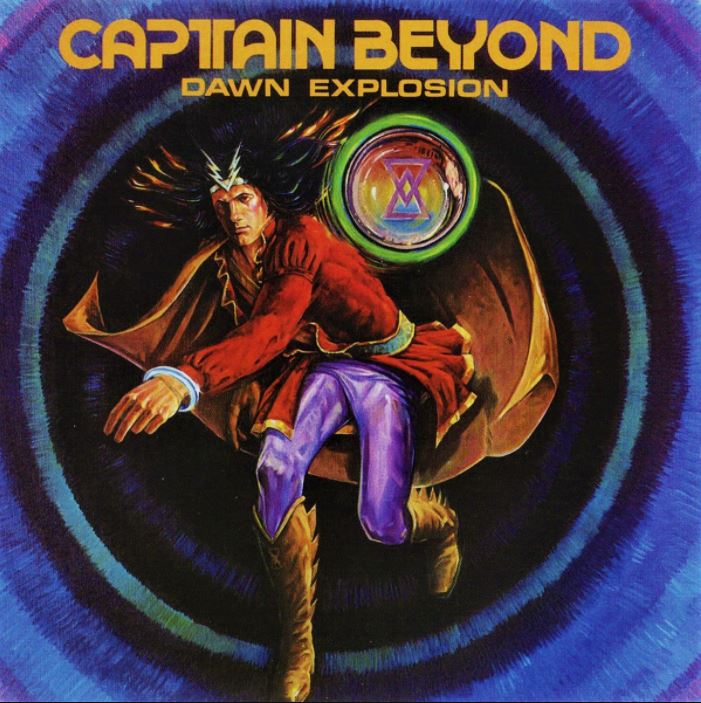
Four years later, a new version of the band appeared with their third and final album – 1977’s Dawn Explosion. It involved all original members except Rod Evans (with original drummer Bobby Caldwell even returning), so it feels like a legitimate continuation.
“Why did we do it?” Caldwell says today. “It wasn’t money, I can tell you that. I’d be happy to tell you it was, but it wasn’t. You know, it’s almost like there was a certain ‘unfinished business’ kinda feeling about it. It just didn’t feel right [the way it ended]. There was some unfinished business. That’s why really. What do you do? Well, you get back together and try to find somebody else to croon. That’s just what you do.”
Dawn Explosion is stylistically different than the first two albums, but I still find it enjoyable and can’t say anything bad about it. It was definitely made to be played on US radio, with catchy and melodic rock’n’roll riffs of the mid-1970s ilk. Stylistically this may be a lot closer to bands like Bad Company and Bachman-Turner Overdrive rather than Deep Purple Mark 1 and Iron Butterfly. Personally I miss the harder edge and the progressive aspects of the first few albums, but I also like more straightforward and melodic riff-based rock bands of the type that Captain Beyond now emulated as well. If the record company still wanted a change, this certainly feels like a more natural compromise for them than venturing into southern rock.
Willy Daffern was the new vocalist, and the song Breath of Fire is a good example of how the band sounded with him:
It was to be a short-lived line-up in any case. The band broke up in 1978. Looking back at the second end of Captain Beyond, Caldwell says: “The funny thing is the singer, again, decided he was going to quit. And we looked around for a while. There was another English group called Tucky Buzzard, with a singer named Jimmy Henderson who lived nearby. We tried him out, and a few other people. We just really couldn’t find anybody. It was really a shame.” That was the end of the band as a studio unit.
After a significant break, some latter day line-ups of Captain Beyond have emerged. The band first returned in 1998 with original members Rhino and Caldwell leading a line-up for a series of live shows. This lasted until 2003, which makes it the longest lasting version of the band to date, but only just. Rhino and Dorman both died in 2012. In 2015, Caldwell resurrected the band with yet another batch of new members for live shows.
The band only released three studio albums, and all of them are worth checking out. To me, the first two will always be the key ones for Captain Beyond as well as the genuine line-up. They were also a great live act, and fortunately several good quality live recordings have been issued as well over the years. Not all of them have been catalogue releases that have stayed in print, but many are still readily available – a few examples here.
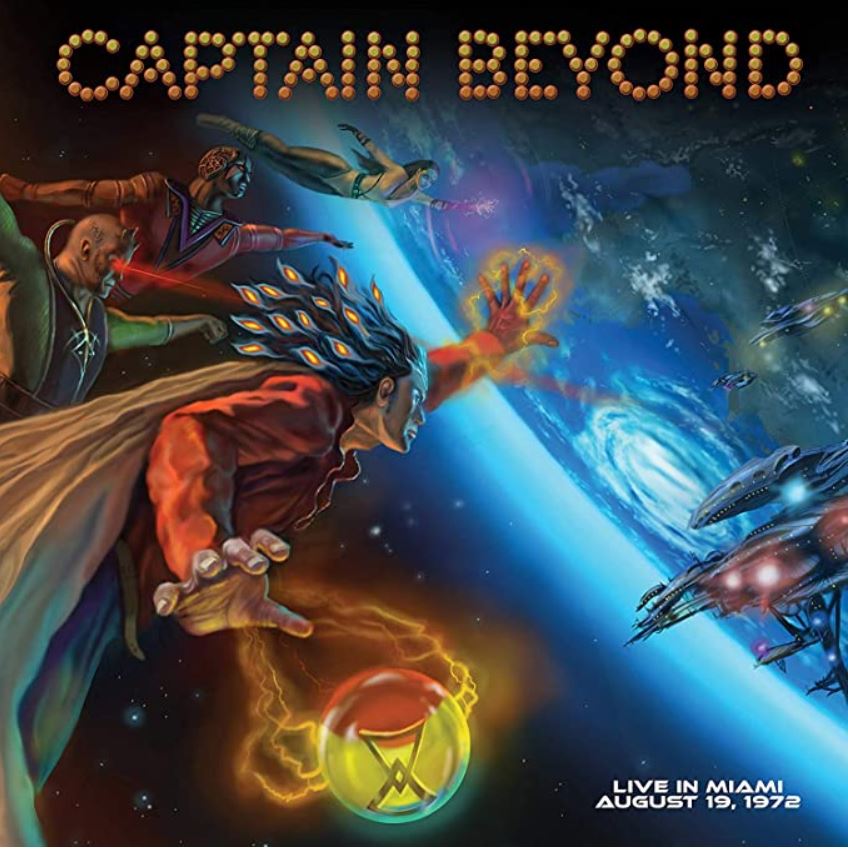
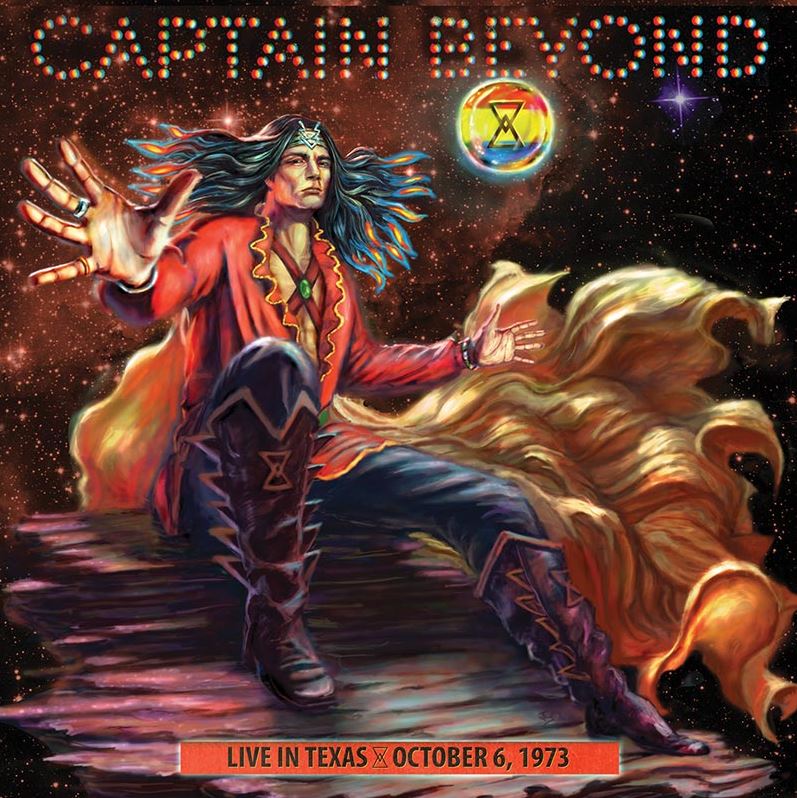
Given their live prowess, what better way to round off this epistle than with a great clip of Captain Beyond live in Montreux (Switzerland) in September 1971 – just a few months before Rod Evans’ old bandmates came to town and created rock history with Smoke On the Water. That song may have been the bigger hit, but nobody can deny that (as you’ll see) Rod Evans has the biggest cow bell of them all!

Facebook Comments